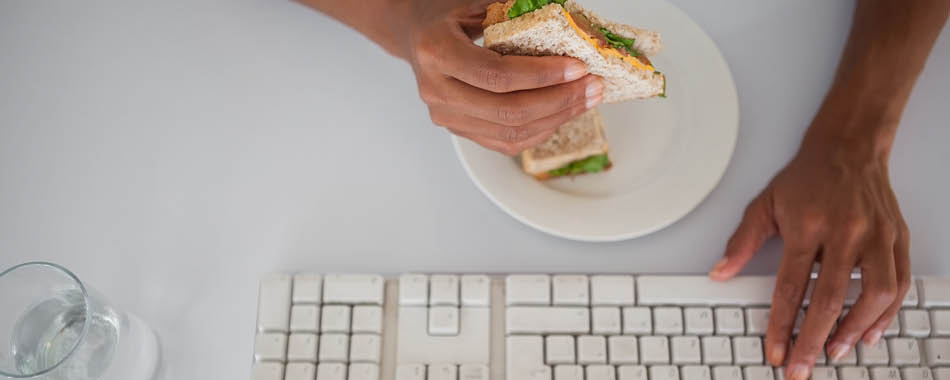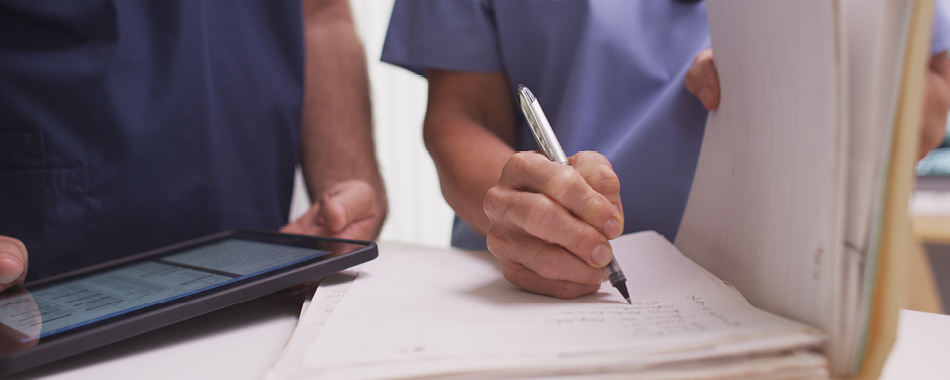Did anyone else need a stint in the room of mirrors to have a good hard look at themselves post festive season silliness?
I certainly did.
I realised I’d spent all my savings, stacked on some Christmas kilos and had a large David Jones bill waiting to be paid on my kitchen table. Not the start to 2018 I’d hoped for.
So on my last weekend before heading back to work, I put down the Apple TV remote, binned the last of my Christmas leftovers and fired up the laptop to assess the damage of the year that was.
And I’ve realised there’s one word that pretty much sums up my 2017 – convenience. But at what cost?
I’m 34, ‘time poor’ and an active member of the Uber generation. I love the convenience of having everything at my fingertips. I don’t have to talk to people, I don’t have to provide cash or pull out my bank card – it’s just a matter of pressing a button on your phone and hey presto!
And it’s cheaper, right? Well maybe not . . .
A quick review of my expenses for the year showed that I’ve thrown a whole heap of cash at things that made my life easier; things that were convenient and clever but not necessarily cheaper.
Thanks to Xero, a cashflow and budgeting program that my colleague Rachel Williams, our Director of Accounting, set me up on, I was able to see where I was hemorrhaging money. And it was all about convenience . . . or what I now can identify as laziness.
And the biggest culprit? Uber.
You know the drill: you’re getting ready for dinner with the girls and wearing a killer pair of heels – there’s no way you can totter down to the tram stop in those bad boys. So Uber it is!
Or, you get home from the gym and you’re wrecked after spin class so can’t be bothered cooking. Let’s get UberEats!
Or, you go for a walk and end up in the supermarket buying supplies for the week and can’t carry them home. Book an Uber!
Or, your mate’s coming over for dinner to watch The Wrong Girl and the fridge is empty, it’s raining outside and you can’t be bothered battling the elements. All hail UberEats!
Get the picture?
Going through my expenses, I could see I’d spent $622.24 across 43 trips on Uber for the year. They ranged in price from $6.97 to a whopping $50.85 per journey. Now, I live in Richmond which is probably the most well provisioned public transport hub in Melbourne so there’s no excuse for not using it – no, not even nights out in those killer high heels (you can pack flats in your bag, Kate!).
A one way tram or train fare within Zones 1 and 2 is $4.30 so I’ve calculated that for those same 43 trips, it would’ve only cost me $184.90.
That’s a difference of $437.34.
Sure sure, there were times when PTV wasn’t appropriate – like 2am on a Sunday morning or heading out to the airport (Melbourne, when will we get a train!?) – and a simple swap can’t always be made, but more often than not, I could be organised and train or tram – or even walk – into the city or Fitzroy or South Yarra and save myself a few bucks each time – or as it turns out, a few hundred bucks over the course of a year.
So can I be as ruthless and real and take the slasher to UberEats? Yes!
For starters, I’ve deleted the app from my phone. I live around the corner from some of the best dining strips in Melbourne (have you been down Swan Street lately!?) yet I still dialed up orders on my phone to have it home delivered at $5 a pop. This ‘cost of convenience’ cost me $95 across 19 orders last year – was it worth it? Nope, not when I live 112 steps from Fonda.
The biggest thing for me though, is the convenient access to some of my favourite meals from my favourite restaurants. Hello Meatball and Wine Bar on the couch. How I love thee, Spudbar in front of the telly.
But I love cooking, and I’m a capable cook, so why not take pleasure in recreating them myself – at a fraction of the cost!
I’ve started googling some of my favourite restaurants’ recipes to bring the magic into my home kitchen and you know what? It works! My usual go-to is George Calombaris’s ancient grain salad from Jimmy Grants with the gorgeous slow cooked lamb and tzatziki. Well thanks to the powers of the interweb, I’ve tracked down the recipes (or variations of such) and can now produce a feast fit for a king at home – at a fraction of the cost.
And do you know what I’ve found is even more convenient than UberEats? A fully stocked pantry and a fridge packed with leftovers! Winning!
Of course, the success of my efforts will depend on:
- How organised I am with my weekly shop to ensure the fridge is stocked and meals are planned, and
- How organised I am in the lead up to a night out to factor in the time of catching PTV.
But having now seen the costs in my Xero tracking, I can put a price on convenience and make a conscious decision about whether it’s worth it each time – and ask myself, am I just being lazy?
See you on the 70 tram down Swan Street, friends.










